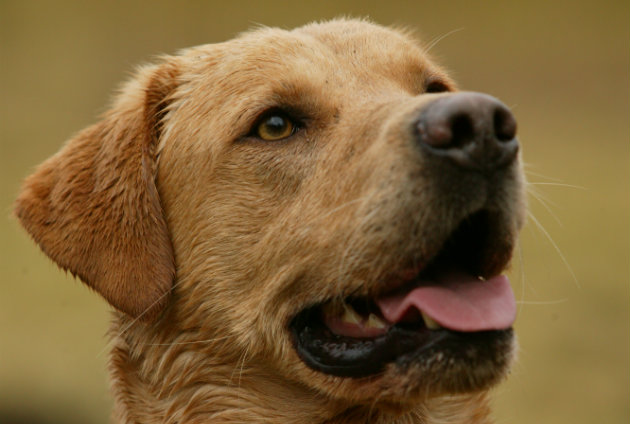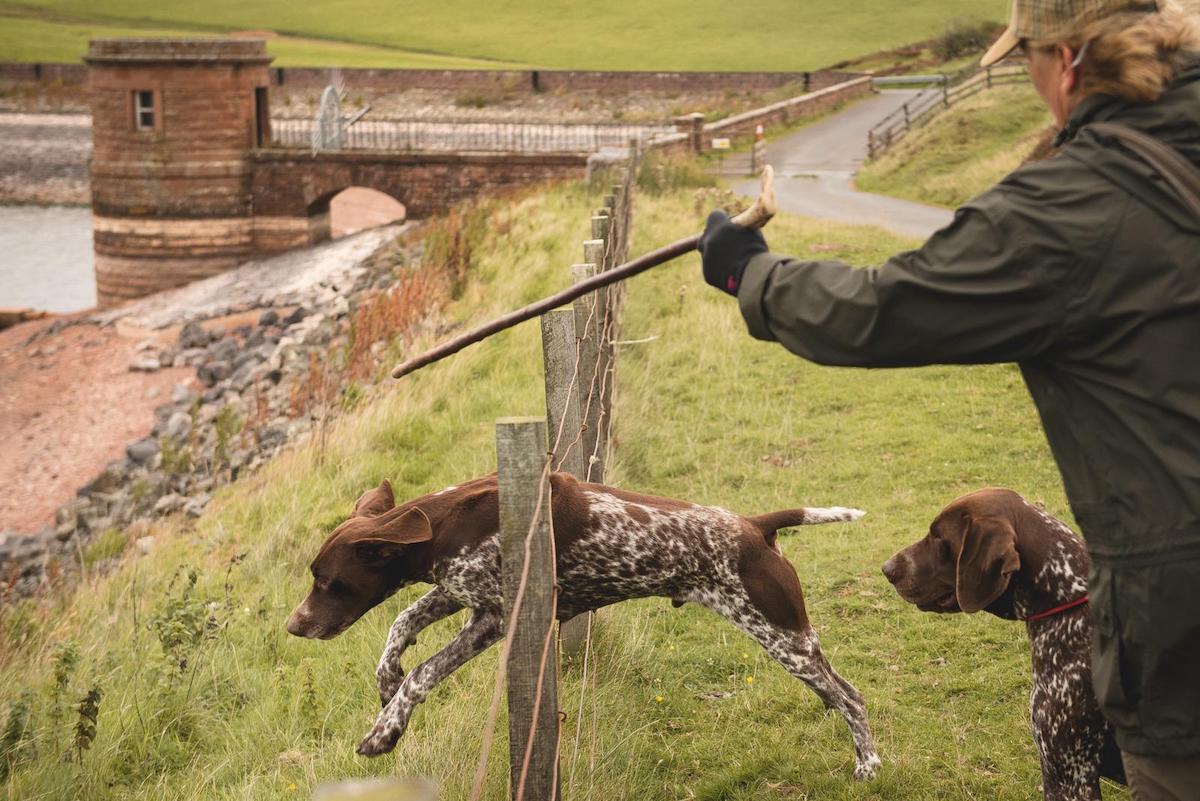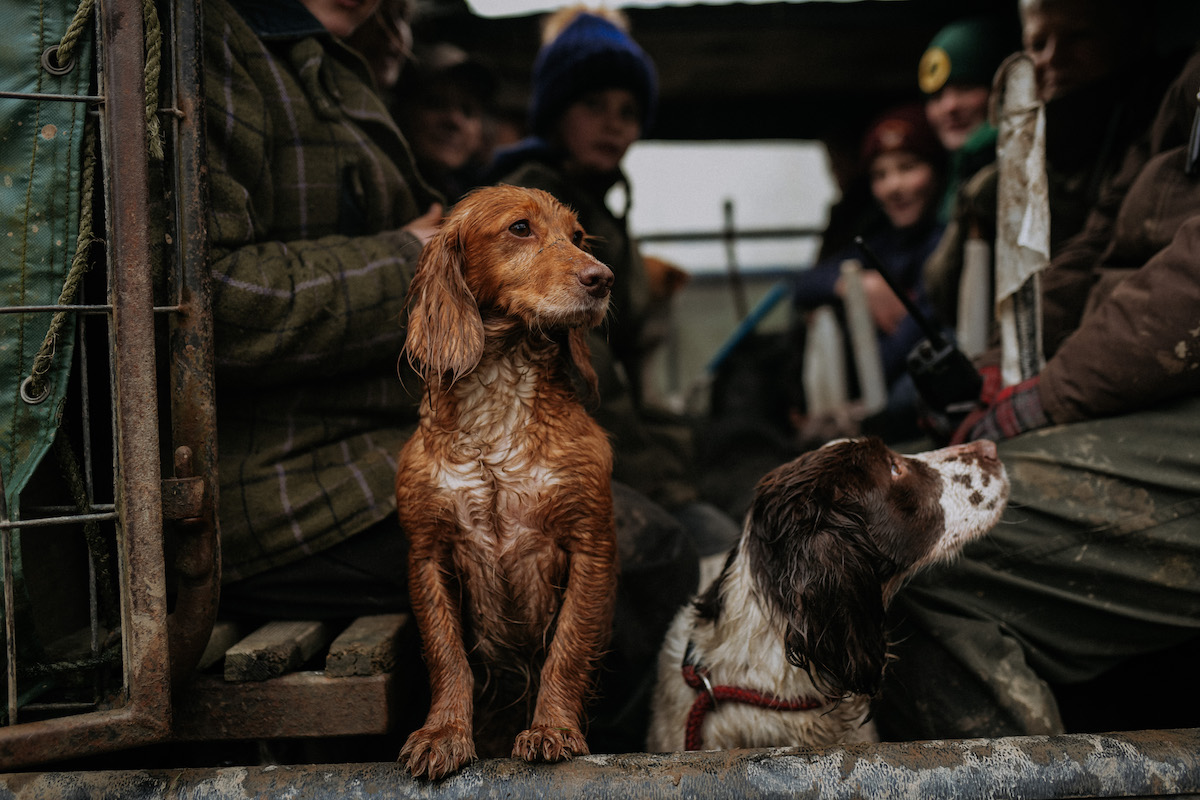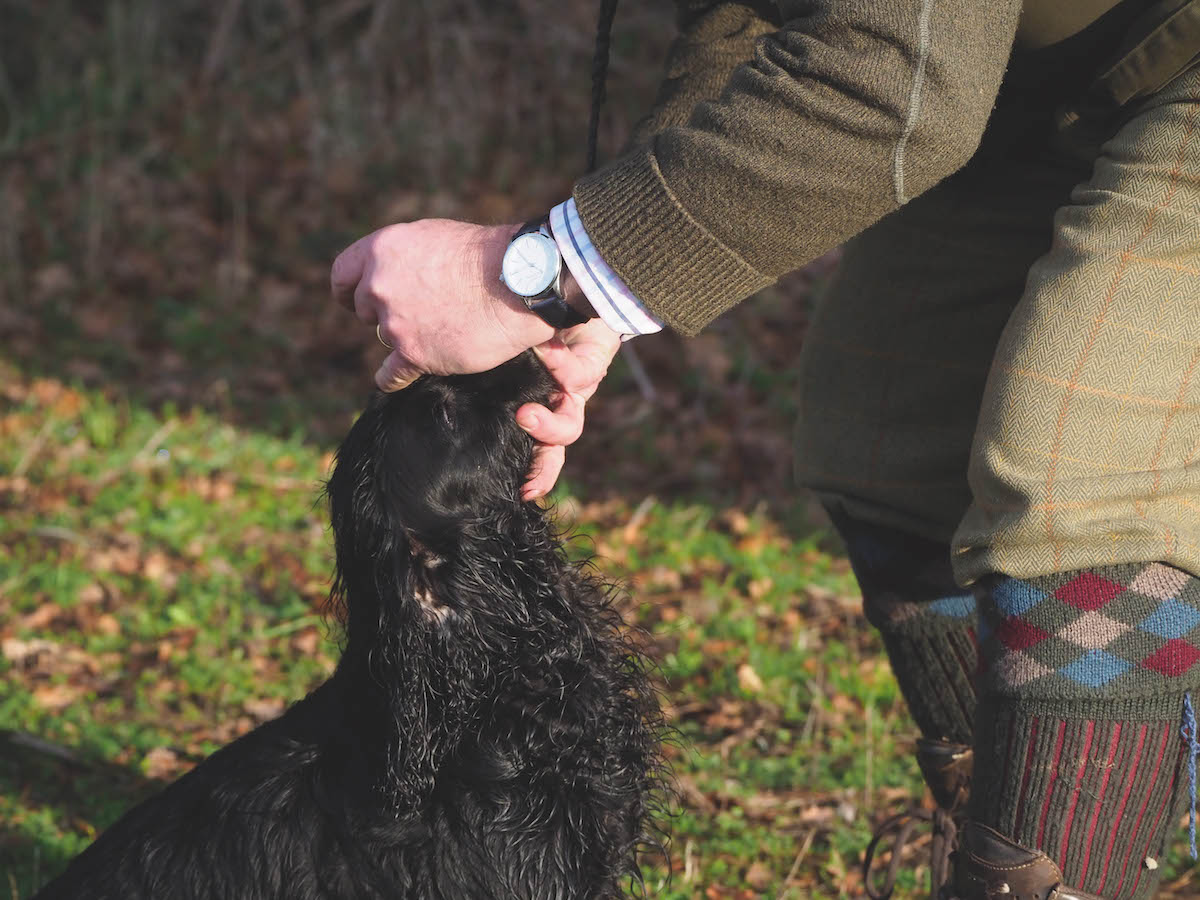How to treat heatstroke in dogs
It may not affect your gundog on a cold January shoot day, but knowing what to do to combat heatstroke is vital nevertheless

Dogs should never be left in cars on hot days, even with the windows open
Dogs do not sweat like humans; they don’t have sweat glands, except for a few on the foot pads and on their noses. When they become warm dogs pant, exhaling overheated air, breathing in fresh, cool air and lowering their core body temperature. When a dog is confined to a small space in high temperatures and humidity, the dog will begin to acquire heat quicker than it is able to dissipate heat by panting. The core temperature rises and if it continues to increase, beyond 106°F (41°C), internal organ damage can occur.

When they become warm, dogs pant
The causes of heatstroke include:
- Being left in a car in hot weather.
- Exercising hard in hot, humid weather.
- Being confined without shade and fresh water in hot weather, especially on concrete or asphalt surfaces.
The progressive signs of heat stroke are:
- Heavy panting, difficulty breathing and increased heart rate.
- The tongue, lips and gums appear red.
- The dog drools thick saliva and often vomits.
- The rectal temperature rises to 104°F to 106°F (40°C to 41.1°C).
- The dog becomes progressively unsteady and may pass bloody diarrhoea.
- Shock sets in, and the lips and mucous membranes turn grey.
- Collapse, seizures, coma and death rapidly ensue.
Can dogs get colds?
Q: My dog has suddenly started sneezing. Can dogs get colds and flu like humans? Over the past few days…
Can you prevent arthritis in dogs?
Q: Is there anything that can be done to delay or prevent the onset of arthritis in older dogs? Controlling…

Let the dog cool down in cold but not iced water
Treatment for a dog with heatstroke
A dog that has collapsed through heatstroke requires immediate emergency treatment.
- Remove the dog from the hot environment. Take it indoors to a cool room – preferably one with a tiled floor or outdoors into fresh air and shade.
- Emergency measures to cool the dog must begin at once.
- If you can, take the dog’s rectal temperature. Mild cases may be resolved by simply moving the dog into a cool environment, wetting the coat and providing cool drinking water.
- If the rectal temperature is above 103°F -104°F begin rapid cooling by immersing the dog in cold, but not iced, water or spraying the dog with a hose. Place the wet dog in front of an electric fan.
- Cool packs applied to the groin area may be helpful, as well as wiping the dog’s paws off with cold water.
- Monitor rectal temperature every 10 minutes and continue the coooling process until the rectal temperature falls below 103°F (39°C).
- At this point, stop the cooling process and dry the dog.
- Take your dog to a vet as soon as possible. Ring the surgery, explain the situation, what treatment you are providing and how the dog is responding, so they can be prepared to receive the dog on arrival.










